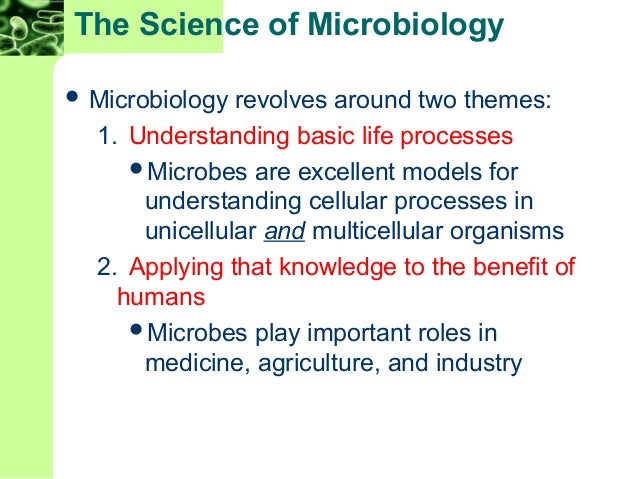Medical Terminology Made Easy Fourth Edition Pathsways
Object ID: 17697 Time 01 hr 30 min Description: With each new version of the Windows operating system, new interface elements and enhancements have been made to provide better visual effects and easier access to the tools and utilities that are provided to use and manage them. This course demonstrates how to use the Windows interface, including built-in tools such as Administrative Tools, the Control Panel, and command-line utilities to manage the Windows operating system. This course is one of a series in the SkillSoft learning path that covers the objectives for the CompTIA 220-701: A+ Essentials exam which is half of the requirement necessary to acquire the CompTIA A+ certification. Object ID: 17729 Time 01 hr 30 min Description: Routing is the process of selection of paths over which to send network traffic. Routing paths are selected by a number of criteria, including cost, administrative distance, and available bandwidth. Evaluation of the criteria is generally performed by routers, which is known as dynamic routing, although paths can also be selected manually, which is known as static routing.
Free Medical Terminology Made Easy

This course covers many of the routing concepts, including dynamic and static routing, as well as the criteria used to make path selection decisions. As well, this course examines the dynamic protocols used in routing, such as RIP, OSPF, EIGRP, and BGP.
IPv6, which has some unique routing characteristics and uses its own dynamic routing protocols, is also examined. This course maps to the CompTIA Network+ 2009 exam objectives to identify common IPv4 and IPv6 routing protocols and to explain the purpose and properties of routing. Object ID: 15613 Time 00 hr 30 min Description: After completing this course, the learner should be able to: Describe the overall purpose and goals of the Health Insurance Portability and Accountability Act. Explain the role of the HIPAA Advisory Team, as well as the role of the individual healthcare worker in ensuring compliance with HIPAA reforms.
Describe healthcare access, portability and reliability. Describe the five rules of administrative simplification. V.06.25.09 Reviewed for Accuracy 2009 This activity is valid for continuing education credit through 6/2012. Object ID: 15615 Time 00 hr 30 min Description: After completing this course, the learner should be able to: Describe the overall purpose and goals of the Health Insurance Portability and Accountability Act. Explain the difference between administrative, physical and technical safeguards. Explain the role of the privacy officer in a healthcare institution.
Describe the various actions and precautions to take to ensure security of patient information in electronic format. V.05.27.09 Reviewed for Accuracy 2009 This activity is valid for continuing education credit through 12/2012. Object ID: 17188 Time 01 hr 00 min Description: Time is a precious, non-renewable resource – how effectively you use it will determine success in both your career and personal life. The greatest squanders of this valuable commodity are time stealers – that multitude of annoyances, trivial tasks, and administrative duties that can easily consume your days. Moreover, you may find that some of your own behaviors affect how well you manage time.
Easy Medical Terminology Quiz
For example, you may be a procrastinator, or you may find it difficult to say no to requests to take on more work. Such behaviors can reduce your efficiency, as well as create unnecessary stress for you. This course focuses on strategies for dealing with common time stealers – procrastinating and taking on too much work – as well as how to handle interruptions. It shows you how effective time management can help you concentrate on the work that is truly productive while dealing both professionally and speedily with your time stealers. Object ID: 17617 Time 02 hr 00 min Description: Managing the procurement process can sometimes seem like a project all in itself as it generally involves a number of detailed and time consuming steps – from obtaining seller responses, selecting a seller, awarding a contract, to managing the procurement relationship. This is the second course in the Project Procurement Management knowledge area and covers three process – Conduct Procurements, Administer Procurements, and Close Procurements.
Specifically, learners will be introduced to proposal evaluation techniques, procurement negotiations, and handling claims and disputes. The course will also cover administrative areas such as the components of a procurement documents and a contract file. Finally, tools and techniques for closing procurements will be introduced including records management and negotiated settlements. This course is aligned with A Guide to the Project Management Body of Knowledge (PMBOK® Guide) – Fourth Edition, published by the Project Management Institute (PMI®), Inc., 2008. Copyright and all rights reserved. Material from this publication has been reproduced with the permission of PMI®.
Comments are closed.